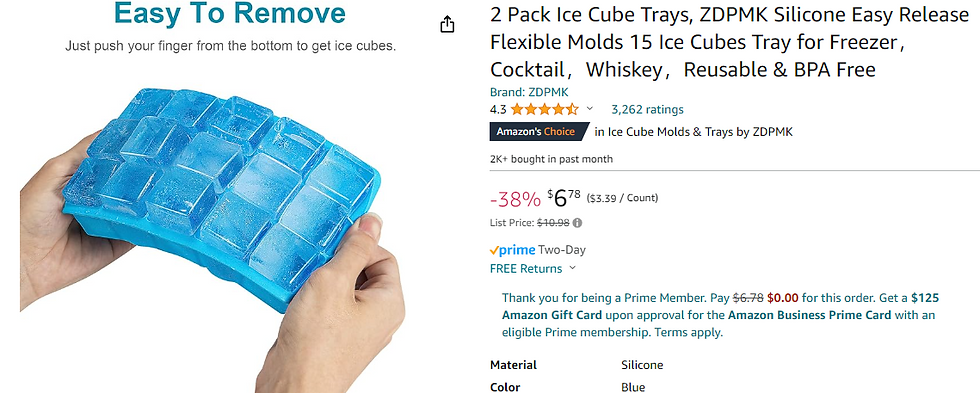A Week in Review: Week 8, The Price of Rice (Rice Husk Ash and Agricultural SCMs)
- Mao Polosky
- Apr 22, 2024
- 3 min read
Hello Reader(s)! It's been a busy week with my fast food job and preparing for the Calc BC AP exam, but science waits for no-one, so here we are. This week, I:
Communicated & discussed with Nick from Fortera and Eric from Cemex on initial results and plans for the industrial tests of Coconut Shell Ash (CSA) in concrete.
Researched all about rice farming and its emissions/sustainability to get a better idea of the true "Price of Rice" compared to other waste SCMs.
Got various supplies ready for small0scale lab tests of CSA at school.
(Farm labourers plant rice saplings in a field on the outskirts of Ahmedabad, India, July 21, 2023. REUTERS/Amit Dave, https://www.reuters.com/world/india/indian-farmers-ramp-up-rice-acres-amid-domestic-supply-concerns-2023-08-25/)
Rice Husk Ash as a Supplementary Cementitious Material (SCM)
First of all, what is Rice Husk Ash (RHA)? RHA is derived from rice husks/rice hulls (meaning the same thing, and pictured below). They are generally a waste product of rice production after the edible rice is removed from them. The good thing is that RHA is also composed of around 20% ash. About 90% of that ash is Silica (SiO2), one of the main pozzolanic compounds, along with Alumina (Al2O3).
Rice Husk Ash in Concrete
This ability for RHA to act as a "pozzolan" means that it can help form stronger compounds within concrete working with the cementitious calcium oxide (CaO) in cement. Optimally, around 20% of cement can be replaced with RHA. Another factor supporting the growing use of RHA as a partial cement replacement in concrete is cost (around half of cement's cost in my estimates). Since RHA has much more supply than demand, using it can reduce the cost of the concrete produced. Lower costs would be great for developing regions with access to the rice and a growing need for cheap and efficient infrastructure development.
Benefits and Drawbacks of Rice Husk Ash
Now, if you didn't see last week's post, you may be asking: but doesn't burning 80% of the rice husk to make RHA create carbon emissions? The answer is yes, but burning RHA as biomass fuel does also create around 26,000 kJ of steam-electricity per kg of RHA produced, which make it more carbon-efficient than fossil fuels. Of course, we would like zero emissions, but less is still better. Unfortunately, besides the carbon emissions of RHA, there are also other greenhouse gases (GHGs) created such as methane (CH4) and nitrous oxide (N2O). CH4 has a 100-year global warming potential of around 28x CO2, while N2O's is 273x CO2. These are mostly the result of fertilizer use and certain methane-generating bacteria in rice-farming, but can be minimized through changes in practices. These changes may be more expensive and difficult to implement though, especially with rice being such an important staple crop in developing regions.
"Revenue in the Rice market amounts to US$6.81bn in 2024. The market is expected to grow annually by 2.17% (CAGR 2024-2028)" - https://www.statista.com/outlook/cmo/food/bread-cereal-products/rice/united-states#:~:text=Revenue%20in%20the%20Rice%20market,(CAGR%202024-2028).
Overall, many more practical studies must be done to consider all of these factors in determining the effectiveness of RHA as a cement replacement.
"[Rice production is responsible for around ⅓ of china’s agricultural methane generation. “considering only agricultural activity, as described in Table 2, rice cultivation is responsible for about 35.6% of methane generation. In other words, rice production in China renders about 5613.1 Gg of methane yearly.”]"
Progress Updates (Industrial Tests, Lab Tests)
The industrial concrete tests at Cemex with various replacement percentages of Coconut Shell Ash (CSA) will continue to 28 days, although results still don't look promising. Investigations will be carried out to figure out the root cause(s).
The plan is to start the lab mixes soon under the watchful eye of Dr. B. I will utilize silicone cube molds (pictured below) and test the acid/alkaline-treated cubes, along with the control cubes at Fortera.
Thanks for reading, and see you next week as the end approaches!
Max Polosky
Coconut Fact #4: "In 2013 police in the Maldives took possession of a coconut due to a belief that it had been cursed with black magic." - https://www.thefactsite.com/coconut-facts/








Comments